

— Blogs —
—Products—
 Consumer hotline +8618073152920
Consumer hotline +8618073152920 WhatsApp:+8615367865107
Address:Room 102, District D, Houhu Industrial Park, Yuelu District, Changsha City, Hunan Province, China
Product knowledge
Time:2025-04-02 11:51:10 Popularity:90
Water and Rainfall Monitoring: Intelligent Solutions for Flood Disaster Response and Resource Management
Floods, heavy rains, and other water-related disasters present serious threats to human lives, property, ecosystems, and economies worldwide. As technology advances, water and rainfall monitoring—also known as hydro-meteorological monitoring—has become a crucial tool for mitigating these risks and supporting sustainable development. This article explores the functionality, key sensors, and various applications of water and rainfall monitoring, offering a clear and detailed guide for a global audience.

Water and rainfall monitoring involves the use of advanced sensor systems to track environmental conditions such as precipitation, water levels, wind speed, and solar radiation in real-time. These systems provide accurate and reliable data that helps predict and manage water-related events, from floods to droughts. With flexible sensor configurations and 4G connectivity, data is transmitted instantly to monitoring platforms, enabling quick responses and efficient decision-making.
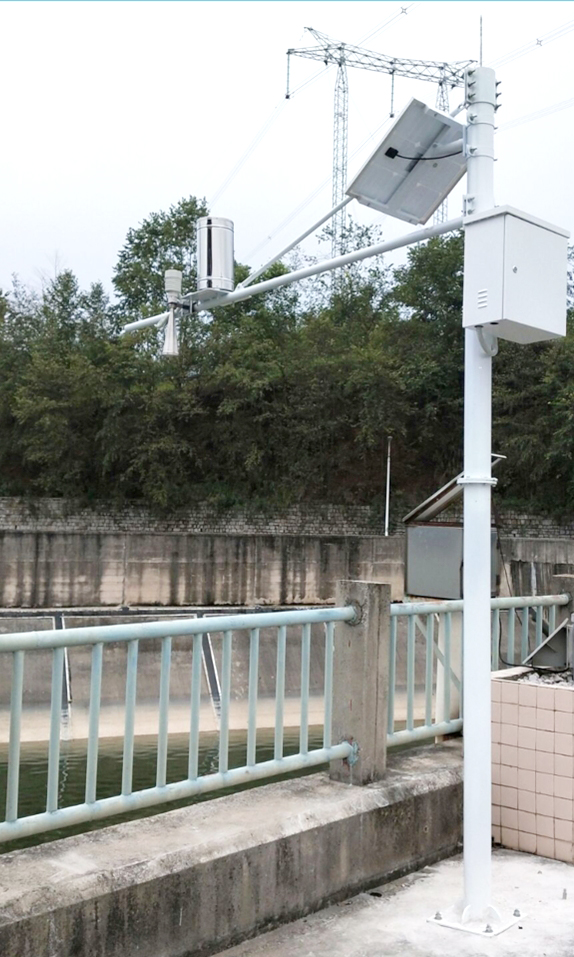
The effectiveness of water and rainfall monitoring depends on a suite of specialized sensors, each designed to capture specific environmental variables:
- Function: Measures the amount and intensity of precipitation, typically in millimeters per hour.
- Value: Provides precise rainfall data to predict flood risks, assess water availability, and guide agricultural planning. Its tipping bucket mechanism, for example, records even light drizzle with high accuracy.
- Function: Monitors the depth or height of water in rivers, reservoirs, or channels, often with sub-centimeter precision.
- Value: Tracks rising water levels to warn of overflows or flooding, ensuring timely interventions to protect infrastructure and communities.
- Function: Gauges wind velocity (meters per second) and direction, critical during storms.
- Value: Assesses storm impacts on water flow and structural stability, aiding in disaster preparedness and safety measures.
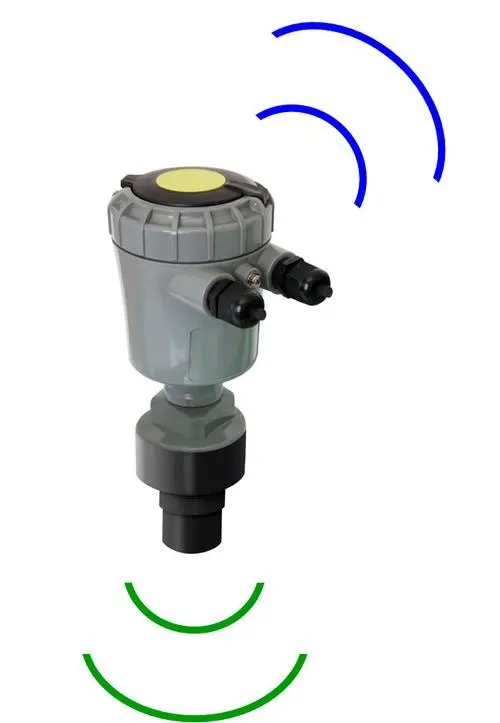
- Function: Measures sunlight intensity (watts per square meter), influencing evaporation rates.
- Value: Helps estimate water loss from soil and surfaces, supporting irrigation schedules and water resource management.
- Function: Tracks air temperature and moisture levels, affecting evaporation and plant growth.
- Value: Provides context for rainfall impacts and soil conditions, enhancing agricultural and ecological decisions.
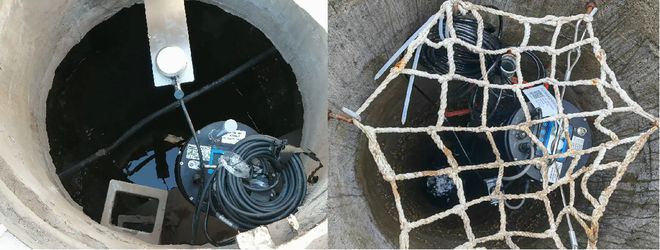
- Function: Measures the speed of water movement in streams or rivers.
- Value: Calculates water discharge rates, vital for flood forecasting and dam operations.
These sensors can be customized to meet specific needs, ensuring flexibility across different environments. Data is relayed via 4G networks to software dashboards, where it is visualized and analyzed for immediate or long-term use.
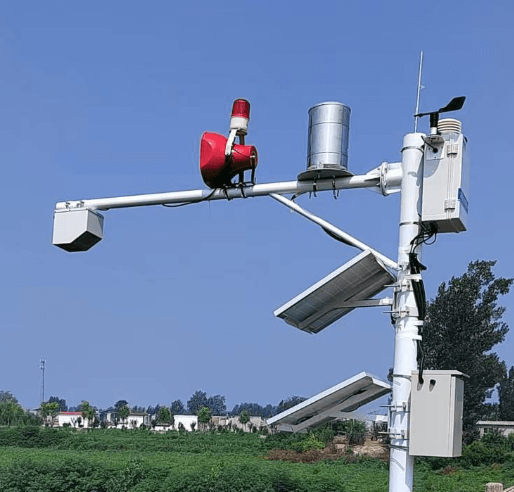
Water and rainfall monitoring systems serve a wide range of industries and purposes, delivering actionable insights to tackle water challenges:
1. Flood Prevention and Management
- How It Works: Real-time data on rainfall and water levels feeds into flood prediction models. When thresholds are breached, alerts trigger emergency plans—evacuations, sandbagging, or reservoir releases.
- Impact: Reduces flood damage by giving authorities and communities lead time to act, as seen in river basins prone to seasonal overflows.
2. Hydraulic Infrastructure Safety
- How It Works: Sensors monitor dams, levees, and hydropower stations, detecting risks like overtopping or erosion. For example, water level spikes signal potential breaches.
- Impact: Ensures the stability of critical infrastructure, protecting lives and investments downstream.

- How It Works: Continuous tracking of rainfall, river flows, and evaporation informs water allocation and quality assessments. It also monitors sediment buildup or flood risks in lakes and rivers.
- Impact: Supports sustainable water use, restores ecosystems, and prevents overexploitation—key for arid regions or urban watersheds.
- How It Works: Rainfall and soil moisture data guide irrigation timing, while wind and temperature readings optimize spraying schedules. Farmers adjust planting based on forecasts.
- Impact: Boosts crop yields and quality by aligning farming practices with weather patterns, crucial for food security in rain-dependent areas.
- How It Works: Beyond floods, systems warn of landslides or storm surges by combining wind, rain, and water level data. Historical records improve risk mapping.
- Impact: Strengthens resilience in vulnerable regions, from coastal towns to mountainous zones.
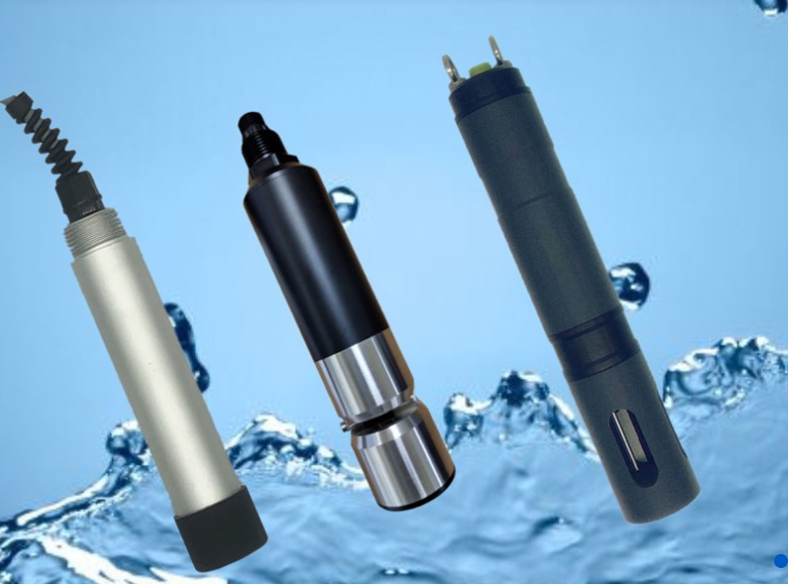
Water-related challenges—whether too much or too little—transcend borders, affecting agriculture, infrastructure, and ecosystems worldwide. Water and rainfall monitoring provides:
- Early Warnings: Minutes or hours of advance notice can save lives and livelihoods.
- Data-Driven Decisions: Precise measurements replace guesswork, optimizing resource use.
- Sustainability: Balances human needs with environmental health, aligning with global green goals.
As climate change intensifies extreme weather, these systems are crucial for adapting to unpredictable patterns—such as heavier monsoons or prolonged droughts.
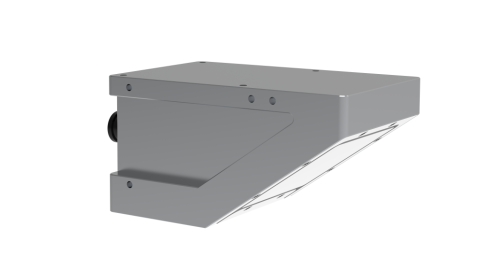
Emerging technologies are pushing these systems forward:
- Big Data: Analyzes vast datasets for sharper predictions and trends.
- AI: Enhances flood models and automates responses, like gate controls at dams.
- Cloud Integration: Enables real-time access from anywhere, improving coordination.
Future sensors might even track water chemistry or microplastics, broadening their ecological scope. This evolution promises smarter, faster solutions for a water-stressed world.
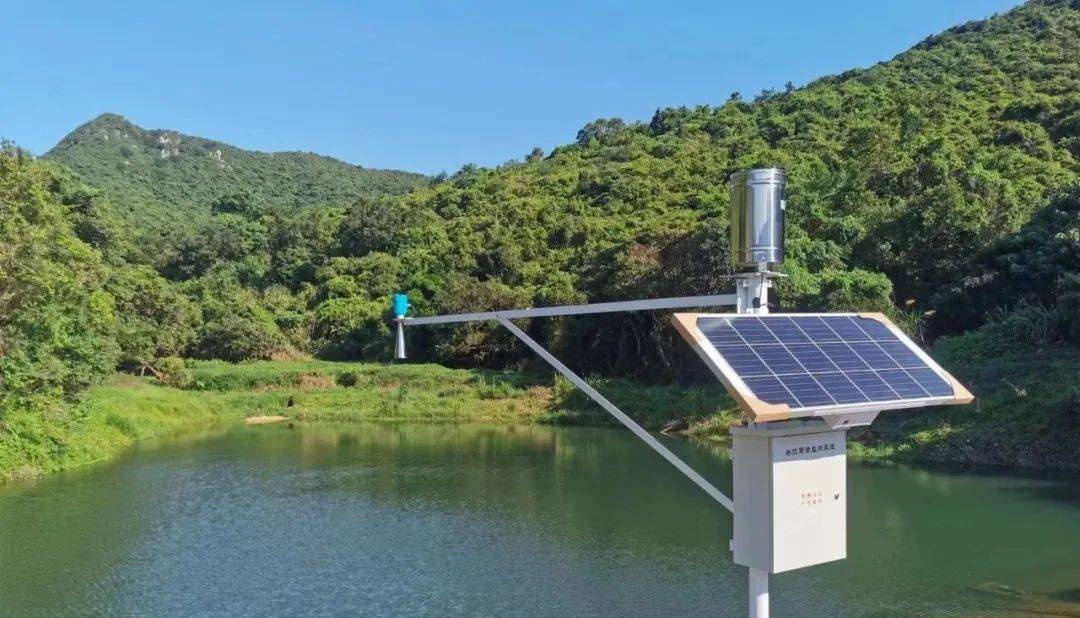
Water and rainfall monitoring is a frontline defense against nature’s water challenges and a cornerstone of resource management. Its sensors—rain gauges, water level detectors, and more—deliver the precision needed to protect communities, support agriculture, and sustain ecosystems. For global stakeholders, from farmers to engineers, it is a reliable ally in navigating floods, droughts, and everything in between. As technology continues to advance, its role will only grow, offering a smarter path to safety and sustainability.
Related recommendations
Sensors & Weather Stations Catalog
Agriculture Sensors and Weather Stations Catalog-NiuBoL.pdf
Weather Stations Catalog-NiuBoL.pdf
Related products
 Combined air temperature and relative humidity sensor
Combined air temperature and relative humidity sensor Soil Moisture Temperature sensor for irrigation
Soil Moisture Temperature sensor for irrigation Soil pH sensor RS485 soil Testing instrument soil ph meter for agriculture
Soil pH sensor RS485 soil Testing instrument soil ph meter for agriculture Wind Speed sensor Output Modbus/RS485/Analog/0-5V/4-20mA
Wind Speed sensor Output Modbus/RS485/Analog/0-5V/4-20mA Tipping bucket rain gauge for weather monitoring auto rainfall sensor RS485/Outdoor/stainless steel
Tipping bucket rain gauge for weather monitoring auto rainfall sensor RS485/Outdoor/stainless steel Pyranometer Solar Radiation Sensor 4-20mA/RS485
Pyranometer Solar Radiation Sensor 4-20mA/RS485
Screenshot, WhatsApp to identify the QR code
WhatsApp number:+8615367865107
(Click on WhatsApp to copy and add friends)